Popular Interpretations
Mound-building societies held a firm and special place in the public imagination, particularly in the nineteenth century with the seemingly endless array of new archaeological finds and theories. Writers of works deemed both 'higher art' and 'low art' were fascinated by the theories, particularly that of the the "Lost Race" which so inspired academics, and incorporated them into works such as poetry, books, and popular articles.
The declaration by the Bureau of Ethnography that the mounds were built by ancestors of the Native Americans, while technically proper and correct, helped diminish the flood of popular works on mound-building cultures, but did not entirely stem the flow: mound-building cultures remain a staple topic for popular theorists and writers.
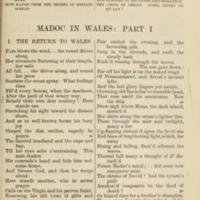
In Robert Southey's poem "Madoc", he describes a twelfth-century Welsh prince who fled to the New World. Southey determined that the mounds were the ruins of the cities which the Welshmen created.
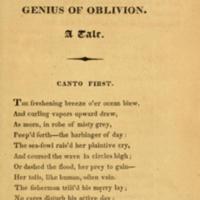
Sarah J. Hale is the first known female American poet to write about the mounds. In her poem "The Genius of Oblivion", Hale suggests the mound builders were descendants of a pair of Phoenician lovers who fled from tyranny in their native land.
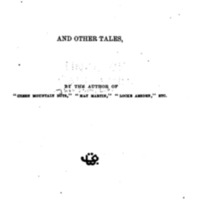
In 1864 Daniel Pierce Thompson wrote Centeola: or, The Maid of the Mounds in an effort to describe why the Mound Builders disappeared. The novel depicted a romance between a mound builder maiden and her lover, who are sentenced to death. They are saved by an enormous earthquake which destroys the mound builders.
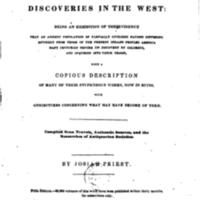
Josiah Priest's American Antiquities and Discoveries in the West was arguably the most popular history about the origin of the mounds to be published in the United States. Within two and a half years he sold 22, 000 copies, an enormous amount for the era. Beginning with a history of the Biblical Deluge, Priest spends most of the book varying the attribution of the mounds to cultures as diverse as the Polynesians, Welsh, Egyptians, Israelites, Danes, and Chinese, among others.
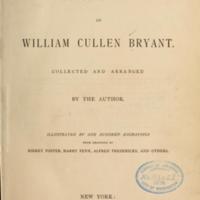
Bryant's poem "The Prairies" follows the opinion that the mound builder races were destroyed by the Native Americans. In Bryant's view, the mounds were created by the 'lost races' and were then used by Native Americans to bury the bones of the slain mound builders.

The September 11th, 1845 issue of the Evansville Journal contained this clipping regarding supposed 'giants' which were discovered in Tennessee Mounds:
"We are informed...that a person...found a human skeleton...which measures 18 feet in length...the bone of the thigh measured 5 feet; and it was computed that the height of the living man...must have been at least twenty feet."
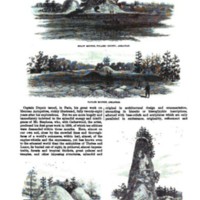
The public press was just as active in discussing the mounds as were private authors. Frank Leslie’s Illustrated Newspaper, located in New York City, published an article about the mounds which described Manard Mound, in Desha County, Arkansas, as a 100-ft tall pillar, when in fact it was only 35 ft tall. Articles such as these kept mounds across the country in the public attention and fed the growing curiosity about the mounds.
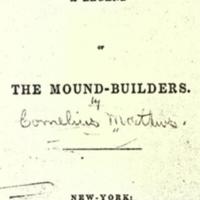
Behemoth: a legend of the mound-builders was written in 1839 by Cornelius Mathews during the speculation that the mound builders and mastadons lived together. In the novel, Mathews depicting the mound builders as terrorized by a mastodon named Behemoth; as a result, the mound builders were forced to create fortifications to withstand him.
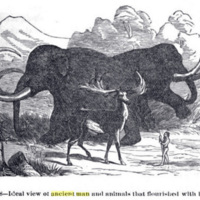
Frederick Larkin's Ancient Man in America played on the popularity of the mastodon theory by claiming that the mound-building cultures had domesticated mastodons to assist with the construction of their mounds"
"That the mastodon was contemporary with the mound-builders is now an undisputed fact. It is a wonder, and has been since the great mounds have been discovered, how such immense works could have been built by human hands. To me it is not difficult to believe that those people tamed that monster of the forest and made him a willing slave to their superior intellectual power. If such was the case, we can imagine that tremendous teams have been driven to and fro in the vicinity of their great works, tearing up trees by the roots, or marching with armies into the field of battle amidst showers of poisoned arrows."
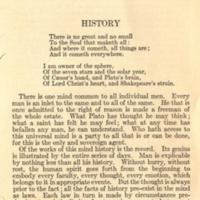
Ralph Waldo Emerson's essay titled 'History' contains only a fleeting reference to the Ohio mounds, but it is important in showing the enthusiasm and esteem in which the mounds were held. During a passage in which he suggests that discovering antiquity is a means to finding the modern man reflected in the past, Emerson lists the 'Pyramids, the excavated cities, Stonehenge, the Ohio Circles, Mexico, Memphis..." as examples in which this practice has taken place. In mentioning such famous sites of antiquity together with the comparatively recently 'discovered' Ohio circles (mounds), Emerson demonstrates how quickly, and highly, Native American mounds rose in the popular and academic opinion.
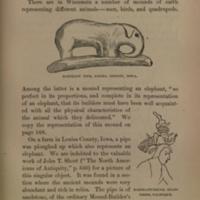
Ignatius T.T. Donnelly wrote Atlantis: the antediluvian world during the era when public opinion desperately wanted to link the mound builders to the lost culture of Atlantis, as described by Plato. In addition to linking the mound builder cultures with Atlanteans, Donnelly also inserted the claim, emulating academic opinion, that the mound builders lived among mastodons.
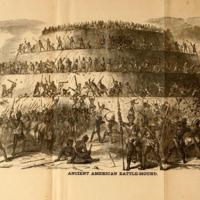
William Pidgeon’s Traditions of Deecoodah credits Adam as the first mound builder, then Noah and his sons who carried the concept to every continent. Pidgeon claims Marietta earthworks (Ohio) were built by Romans, Wisconsin’s by Danes, Belgians and Saxons, others were Phoenician, Hindu, or African.
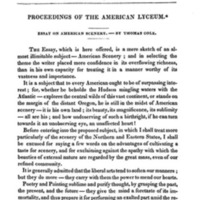
Thomas Cole spent a year in Ross County, Ohio, and in his Essay on American Scenery the regard with which he held the mounds is made clear:
“He who stands on Mont Albano and looks down on ancient Rome, has his mind peopled with the gigantic associations of the storied past; but he who stands on the mounds of the West, the most venerable remains of American antiquity, may experience the emotion of the sublime, but it is the sublimity of a shoreless ocean un-islanded by the recorded deeds of man.”